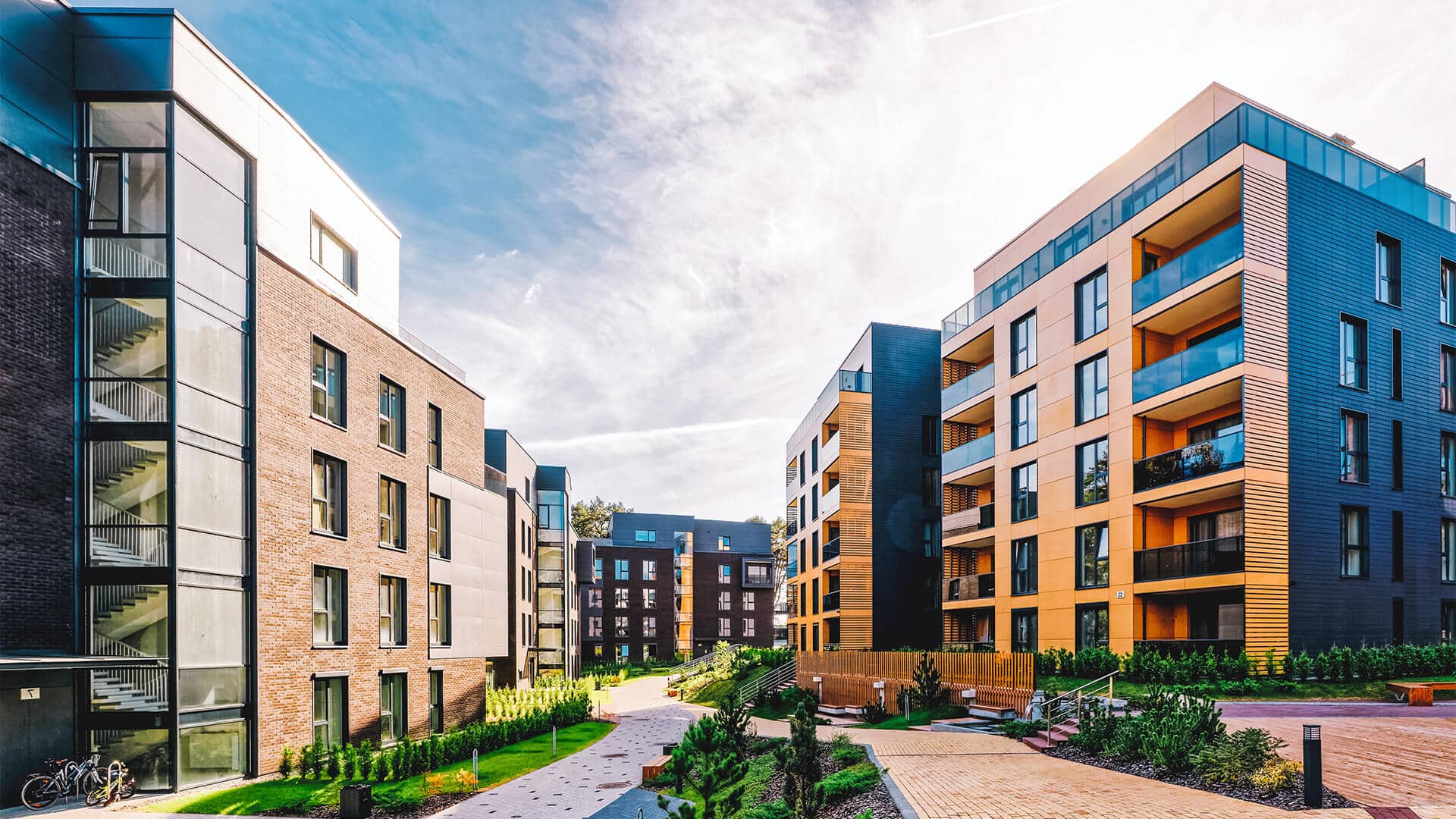Accessory Dwelling Units (ADUs), also known as granny flats or in-law units, are becoming an integral part of the affordable housing conversation in certain densely populated U.S. cities. These small homes, which can be attached to existing homes or built as separate structures on the same lot, offer a unique opportunity to expand housing options without altering the character of neighborhoods. They’re particularly appealing because of how seamlessly they can integrate into existing residential areas, potentially offering a lower-cost alternative to traditional housing options.
In Los Angeles, for instance, local policymakers see ADUs as a valuable addition to the housing market, especially for moderate- and middle-income earners, including seniors who wish to “age in place” within their communities, according to Brookings. These units allow residents to stay connected to their social networks and healthcare providers. However, one wrinkle is convincing homeowners in more affluent areas to see the units as part of a larger affordable housing solution rather than just an extension of their own property.
The biggest obstacle in expanding the role of ADUs in the affordable housing equation stems from various financial and regulatory challenges involved. Homeowners must navigate complex permitting processes and comply with local zoning laws, which can differ significantly from one jurisdiction to another. Moreover, the economic model of ADUs often requires subsidies to make the rents affordable for low-income households.
Statewide policy changes in California and Washington have reduced burdensome development requirements and prohibited local governments from completely banning ADUs. These reforms have gradually increased production of the units, but local resistance and “poison pills” in zoning laws—like excessive parking requirements or restrictions that limit ADU occupancy to family members—continue to pose significant barriers.
Architect and assistant professor at Harvard’s Graduate School of Design, Elizabeth Christoforetti is working to address these issues and create a model in Boston that makes ADU implementation a more accessible option for folks with low or modest incomes.
“We are designing buildings that are integrally linked to a financial instrument,” Christoforetti told Fast Company. “The question is how do we go the last mile and not just make them allowable but make them feasible.”
Indeed, ADUs offer promising potential to increase affordable housing stocks, but their success hinges on overcoming financial barriers, simplifying regulatory processes, and aligning local policies with state mandates to encourage their development and use as part of broader housing affordability strategies.
With an approach built around city-sanctioned designs, streamlined permitting, and ADU-specific financing, Christoforetti is hoping to establish a model in Boston that can be replicated in other cities nationwide.











